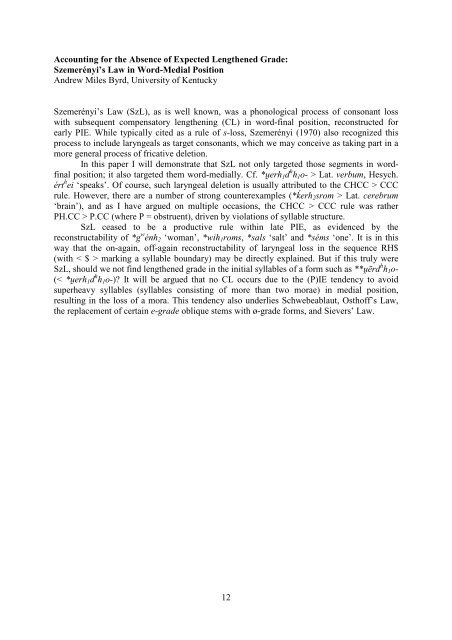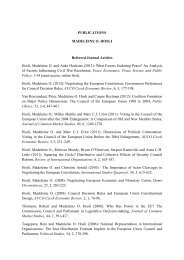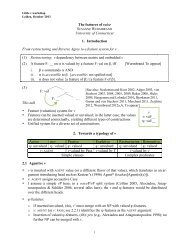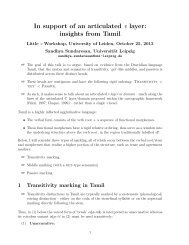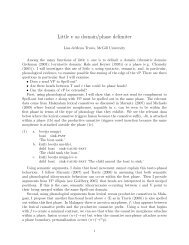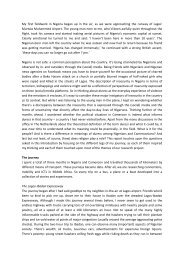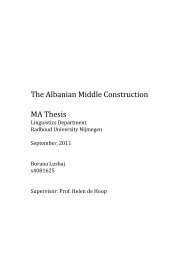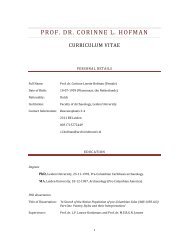Programme
Programme
Programme
You also want an ePaper? Increase the reach of your titles
YUMPU automatically turns print PDFs into web optimized ePapers that Google loves.
Accounting for the Absence of Expected Lengthened Grade:<br />
Szemerényi’s Law in Word-Medial Position<br />
Andrew Miles Byrd, University of Kentucky<br />
Szemerényi’s Law (SzL), as is well known, was a phonological process of consonant loss<br />
with subsequent compensatory lengthening (CL) in word-final position, reconstructed for<br />
early PIE. While typically cited as a rule of s-loss, Szemerényi (1970) also recognized this<br />
process to include laryngeals as target consonants, which we may conceive as taking part in a<br />
more general process of fricative deletion.<br />
In this paper I will demonstrate that SzL not only targeted those segments in wordfinal<br />
position; it also targeted them word-medially. Cf. *u̯ erh 1 d h h 1 o- > Lat. verbum, Hesych.<br />
ért h ei ‘speaks’. Of course, such laryngeal deletion is usually attributed to the CHCC > CCC<br />
rule. However, there are a number of strong counterexamples (*ḱerh 2 srom > Lat. cerebrum<br />
‘brain’), and as I have argued on multiple occasions, the CHCC > CCC rule was rather<br />
PH.CC > P.CC (where P = obstruent), driven by violations of syllable structure.<br />
SzL ceased to be a productive rule within late PIE, as evidenced by the<br />
reconstructability of *g w énh 2 ‘woman’, *wih 1 roms, *sals ‘salt’ and *séms ‘one’. It is in this<br />
way that the on-again, off-again reconstructability of laryngeal loss in the sequence RH$<br />
(with < $ > marking a syllable boundary) may be directly explained. But if this truly were<br />
SzL, should we not find lengthened grade in the initial syllables of a form such as **u̯ ērd h h 1 o-<br />
(< *u̯ erh 1 d h h 1 o-)? It will be argued that no CL occurs due to the (P)IE tendency to avoid<br />
superheavy syllables (syllables consisting of more than two morae) in medial position,<br />
resulting in the loss of a mora. This tendency also underlies Schwebeablaut, Osthoff’s Law,<br />
the replacement of certain e-grade oblique stems with ø-grade forms, and Sievers’ Law.<br />
12


